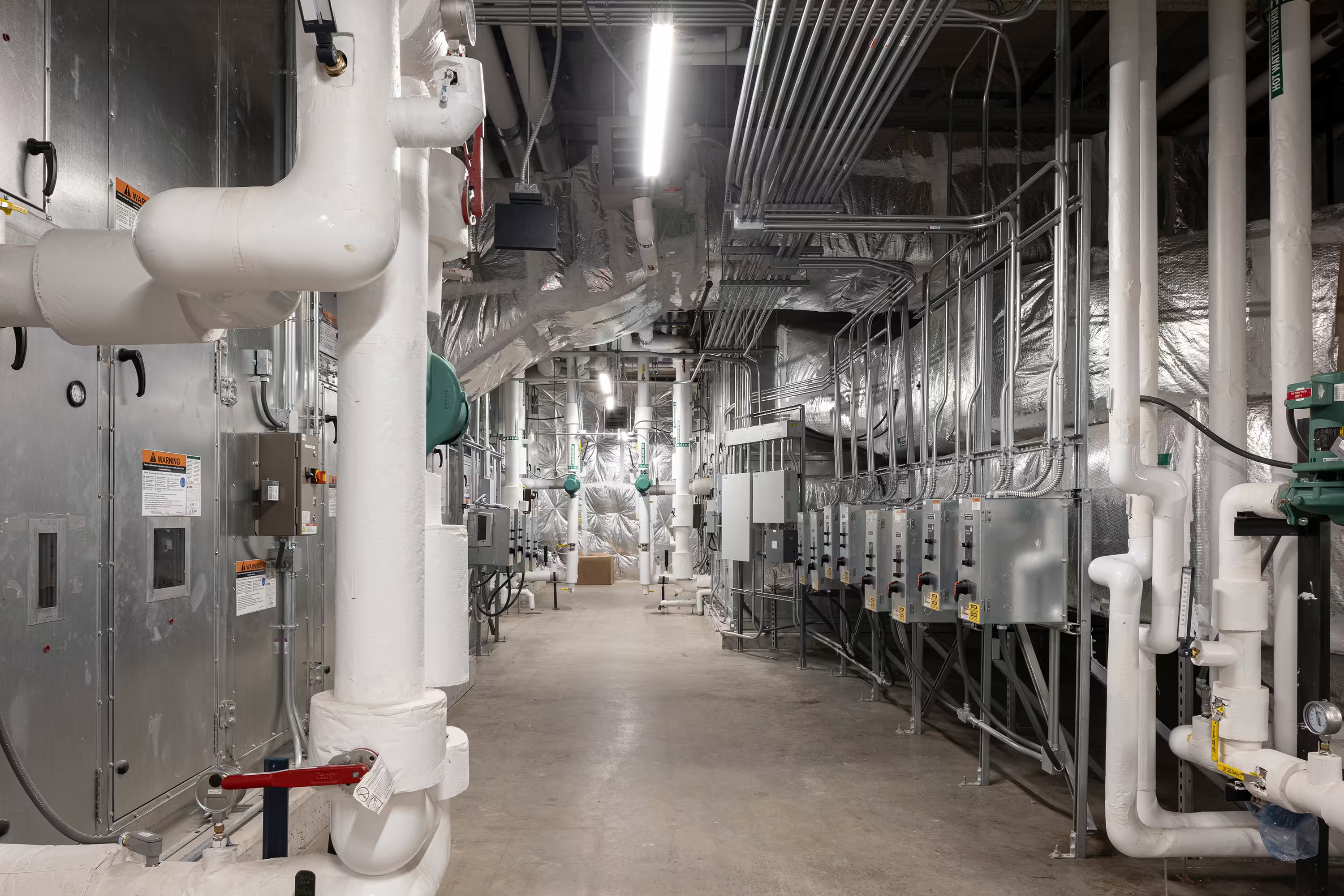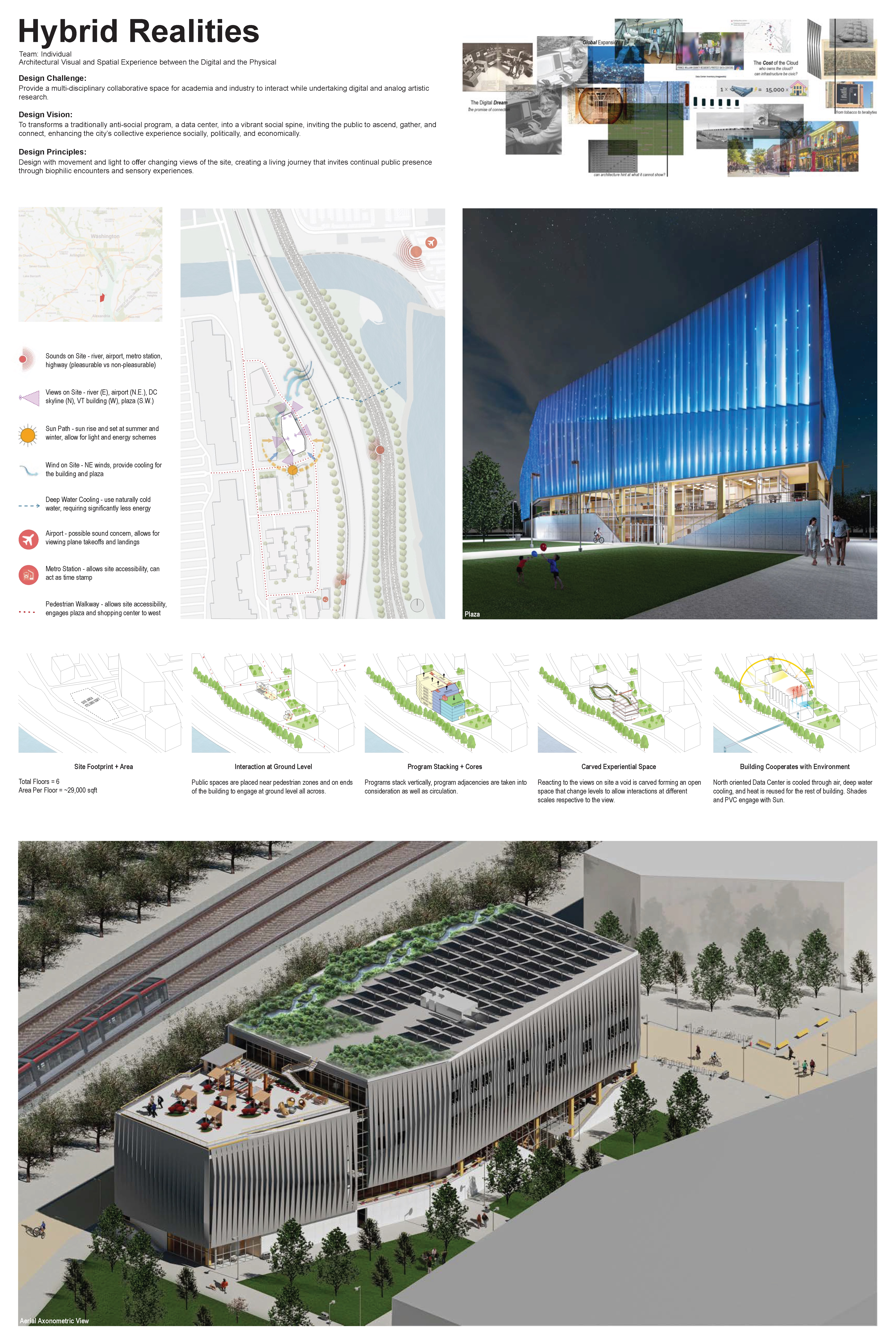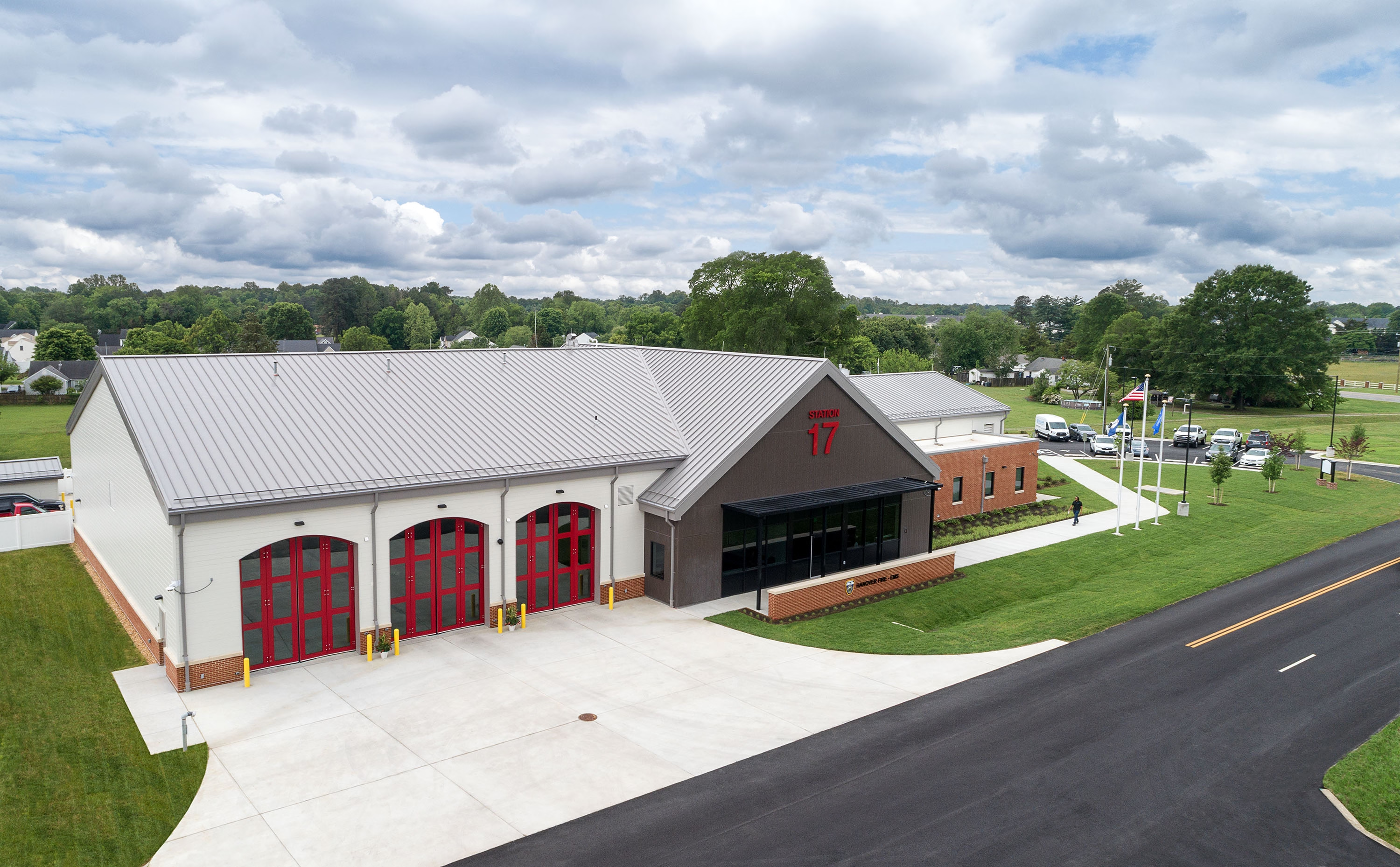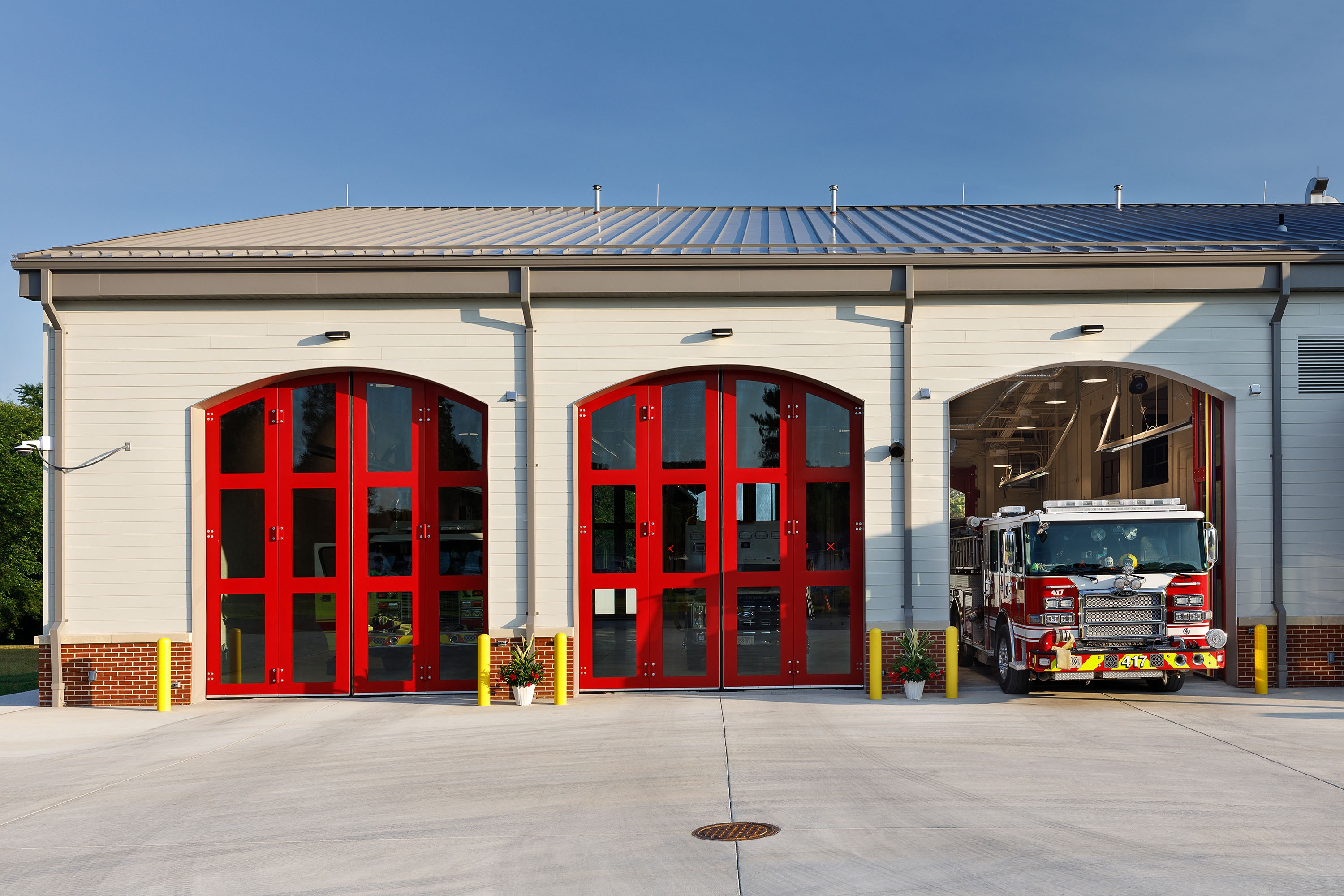Beyond new construction lies a significant and untapped opportunity: 130 million existing buildings consuming 74 percent of America’s electricity. Asset management projects have revealed practical pathways to transform these structures without requiring major renovations.
Building on a Foundation of Sustainability
For more than two decades, Moseley has integrated environmental and economic sustainability into our projects, from new construction to renovations. While we collaborate with clients to pursue certifications like Leadership in Energy and Environmental Design (LEED) and Energy Star, our commitment to sustainability extends even further. Through asset management services like facility condition assessments and energy audits, Moseley provides building owners with practical, budget-conscious strategies to reduce environmental impact in existing facilities.
Kim Pierson, director of energy and asset management at Moseley, advocates for a systematic approach to improving existing building performance. Her methodology centers on a four-part cycle: assessments, audits, maintenance, and planning—components that building owners can implement at any point and in various sequences.
Understanding What You Have: Facility Condition Assessments
Facility condition assessments form the foundation of energy improvement programs. These evaluations examine every piece of building equipment to determine installation dates, current condition, and remaining useful life. The process reveals deferred maintenance issues and code compliance concerns that owners might otherwise overlook.
Kim recommends establishing assessment timeframes of 10 to 15 years, as most equipment reaches the end of its useful life within this period. Longer timeframes risk including multiple replacement cycles for the same equipment. Cost estimates should incorporate soft costs like design fees, permitting, and contingencies, plus inflation adjustments to ensure realistic budgeting.
The facility condition index provides a standardized comparison method by dividing estimated deferred maintenance costs by building replacement value. This metric helps owners compare buildings objectively, removing emotional attachments to particular structures.
Energy Audits: Following ASHRAE Standards
Energy audits identify what consumes energy, when, and why, then develop reduction strategies. The American Society of Heating, Refrigerating and Air-Conditioning Engineers (ASHRAE) Standard 211 establishes three audit levels, with Level Two providing the most practical approach for most owners. This level includes utility rate analysis, building system evaluation, and basic metering while avoiding the extensive monitoring requirements of Level Three. Qualified, certified professionals must conduct these audits on-site. Kim emphasizes that virtual audits provide no real value—qualified auditors need hands-on equipment and systems examination to deliver accurate assessments.
Clemson University committed to carbon neutrality by 2035, but they needed a clear path forward. Moseley’s initial energy analysis examined utility rates, energy use patterns, and benchmarking data to create a roadmap toward net zero, including solar integration. The university is now developing an energy audit program using architecture, engineering, and environmental science students to conduct audits under professional guidance, providing both education and cost savings.
The Forgotten Element: Preventative Maintenance
Preventative maintenance represents the most overlooked aspect of building efficiency, particularly for design professionals who typically specify equipment and move on to other projects. Proper maintenance keeps systems performing as designed and prevents the cascade of problems that lead to occupant complaints and leadership frustration.
Effective maintenance programs identify required tasks, frequency, and accountability measures. They should track time, materials, and results to ensure maintenance efforts produce measurable improvements. ASHRAE standards and Building Owners and Managers Association (BOMA) resources provide detailed guidance for mechanical systems and skill level requirements.
In Virginia, Henrico County's Department of General Services demonstrates maintenance planning importance. With buildings ranging from under five years old to over 50 years old, the county has been managing maintenance on an as-needed basis. Moseley is working to create individualized maintenance plans based on each building’s facility condition assessment, staffing levels, and employee skill sets, ensuring realistic implementation while transitioning away from paper-based tracking systems.
Long-Term Planning for Sustained Results
Successful energy efficiency requires multi-year capital improvement plans that prioritize projects based on available funding. These plans should integrate with overall planning efforts, particularly when solar installations or other renewable energy systems are considerations.
Kim recommends starting small with single buildings or systems, then expanding based on demonstrated results. This approach builds leadership support through proven energy savings and utility bill reductions. Multiple action plans allow flexibility when equipment failures require priority shifts.
The methodology’s strength lies in its adaptability. Building owners can begin at any cycle point, adjust scope based on constraints, and maintain momentum through incremental improvements that deliver measurable results.


























.avif)












































































